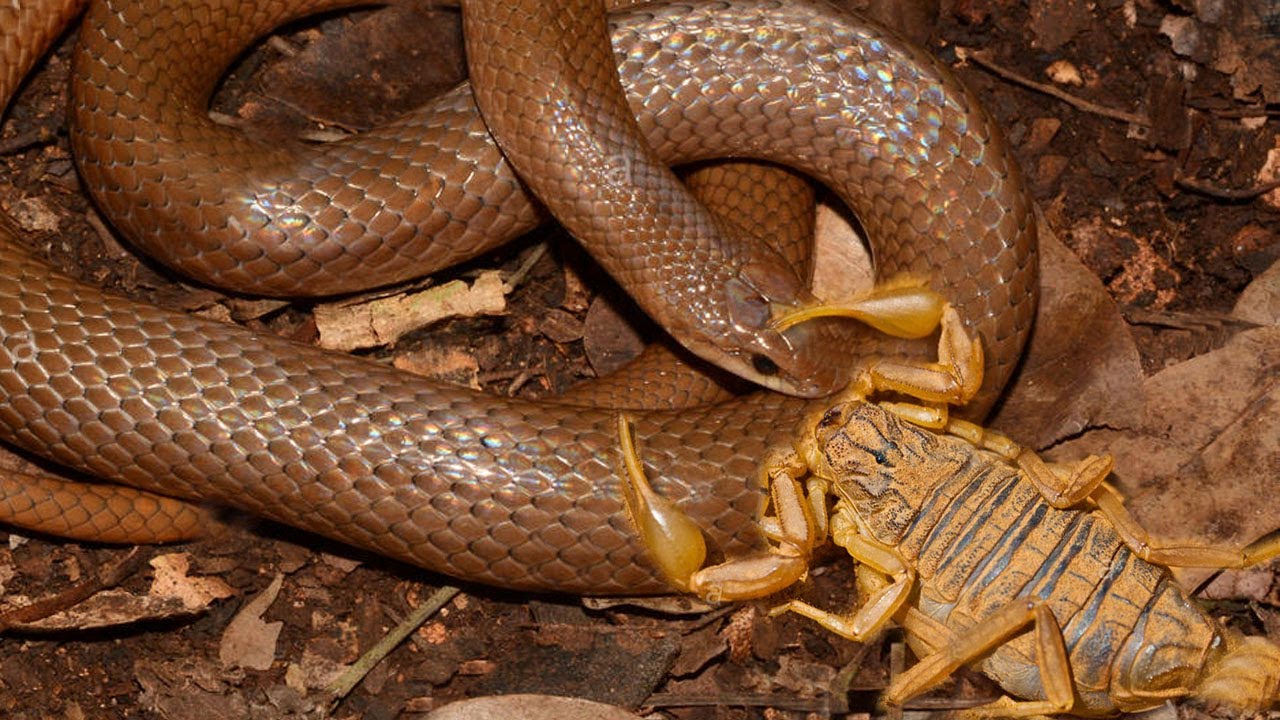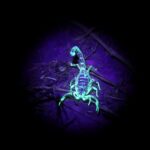How Different Are Snake and Scorpion Venom and What It Means
Animals producing venom in a specialized gland and capable of inflicting injury or death are categorized as venomous animals. This category includes insects and reptiles, and other species that fall under this umbrella term.
Snakes and scorpions are the two most deadly groups of venomous creatures on earth. These organisms can fatally harm or kill humans with just a few drops of fluid that is secreted out of their bodies. This fluid is called venom and is commonly referred to as poison. The potency of the venom usually depends on the size of the animal, mode of delivery, and size of the prey but it is safe to say that almost all venoms can seriously harm their prey. Snakebites can have more severe effects compared to scorpion bites.
The level of toxicity depends on the quantity of the venom whereas the effect on humans depends on the number of stings or the dose of venom produced per sting or bite.
There are about 2500 species of snakes in the world, predominantly in warm climates. The poisonous snakes normally belong to two families viz. Colubridae or colubrine snakes (King Cobra, Krait, and sea snakes) and Viperidae or viper snakes (Russel’s Viper and Echis Carinatus or Saw-scaled Viper).
In poisonous snakes, the poison is transmitted through hollow teeth called fangs. These fangs are modified upper marginal teeth, which are connected to the poison gland or venom gland via a duct. The poison gland is a modified parotid salivary gland that secretes and stores toxic saliva that we term venom. In the instance of an attack or bite, the pressure compresses the muscles that in turn force the venom to come out of the fangs. The venom secreted can be a combination of multiple organic and chemical toxins and has the appearance of a transparent liquid and yellow granular mass when dried.
There are close to 500 species of venomous scorpions but very few are deadly to humans. This is majorly because of the size difference between scorpions and humans. An average adult can survive a scorpion sting without extreme medical attention, children on the other hand might require immediate medical attention. Scorpions are crab-like creatures with long fleshy five segmented tail-like post abdomen, which ends in a broad sac and a hollow string that communicates with the venom-secreting gland via a duct. The sting sets in motion the process of injecting venom in the wound caused by the scorpion. The venom of a scorpion is a mixture of toxalbumins, which exert haemolytic and neurotoxic action. The venom of scorpions can be more fatal than that of a snake but the amount of venom secreted by scorpions is very less compared to that of snakes, making snakes more deadly.
The complex chemistry of these venoms makes them one of the most feared substances on the planet. Extensive research has been going on for decades to understand and counter these venoms. A lot of snake bites or scorpion stings have antidotes today, but there are still some venoms that have no antidotes. First aid after such bites or stings becomes very important and seeking immediate medical attention is always the wiser option.
The major differences between snake venom and scorpion venom are their composition and mode of injection, but the severity of both the venoms in terms of their effect on human being is governed more by the amount of venom injected rather than the composition. An improved understanding of these toxins over the years has helped the human race to understand the crucial properties of different kinds of venom, which has proved to be of immense value to the medical science.
Photo Credit (Featured Image): Reptiles Story


